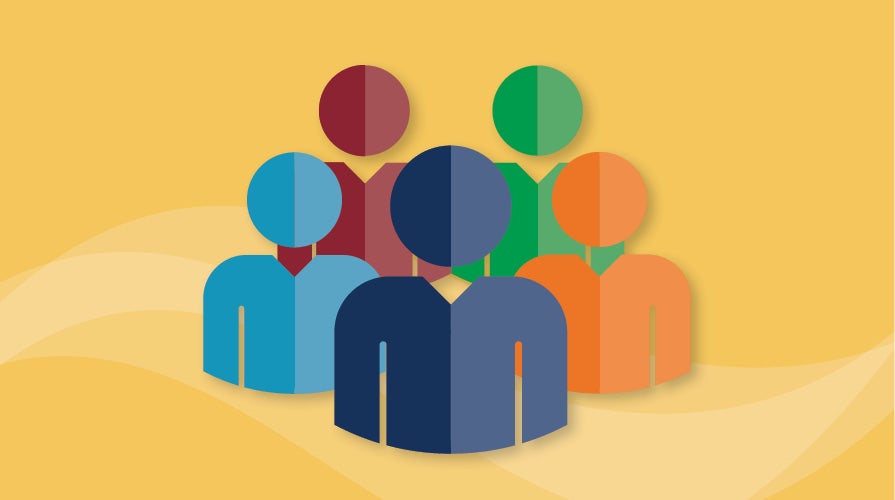Mental Health Impacts Our Work
As depression, anxiety, and suicide rates rise, more employers are taking active steps to break the stigma of mental health in the workplace and provide resources to help employees.
According to a Society of Human Resource Management (SHRM) article, Mental Illness and the Workplace, mental health illnesses and cost of treatment have risen over the last few years. Most notably, suicide rates have increased 33 percent since 1999. Depression symptoms increased 18 percent since 2014, with Generation Z and Millennials affected most at 39 percent and 24 percent.
Although many companies try to cultivate a safe environment for individuals to communicate, many still find it difficult to speak openly about the subject. Millennials seem to be at the forefront of breaking the stigma of mental health discussions. The SHRM article shares that only 32 percent of Baby Boomers feel comfortable discussing mental health issues compared to 62 percent of Millennials. It further suggests that growing up in the technical era, where expression is instantaneous on social media, may have contributed to the ease of communication in newer generations entering the workforce.
Why Are Employers Taking Notice?
As suicide rates and opioid addiction continue to rise in the country, so do the costs of health care. Although covered under the Americans with Disabilities Act, mental health conditions need to be identified in order to provide accommodations. Employers are taking steps to help employees, but the lingering stigma of mental illness creates an obstacle in the process.
Mental health in the workplace has been a recent concern within the community but the COVID-19 pandemic and subsequent closures added another layer to an already fragile workforce structure. In the Psychology Today article, Managing Employee Stress and Anxiety During the Coronavirus, one of the biggest contributors to work-related stress and anxiety is ambiguity. It is no coincidence that the uncertainty surrounding and radiating from quarantine has had a deeply negative impact on employee performance.
The article also noted findings from a study that indicate this sense of uncertainty from feelings of no control coupled with high-demand positions are correlated with shorter life expectancy. With or without a pandemic, employers are struggling to find solutions to minimize these issues and provide adequate care for their workforce.
How Are Companies Going to Help?
Communication is the first step. In an effort to break the stigma of mental health illnesses, many CEOs such as Joel Gascoigne of Buffer and Blake Mycoskie of Toms Shoes have started to open up about their own experiences with therapy and managing depression. As a result, individuals feel supported and more connected to their team. This is a monumental change from the worry that an employee would be putting their job at risk by speaking out about personal issues. A safe environment also helps employers determine the specific health benefits that their employees need. Many companies have opted for insurance plans that include virtual counseling or a broader network of providers.
As teacher burnout continues to be an issue, districts may choose to make a similar effort to provide needs-based services to teachers and staff. Regarding the recent impacts of COVID-19, supervisors and those in managerial positions may opt for a more transparent approach to minimize stress and anxiety.
HR Services

Subscribe to HRX
Stay up to date with all the latest HR news and trends by joining the HRX mailing list!





